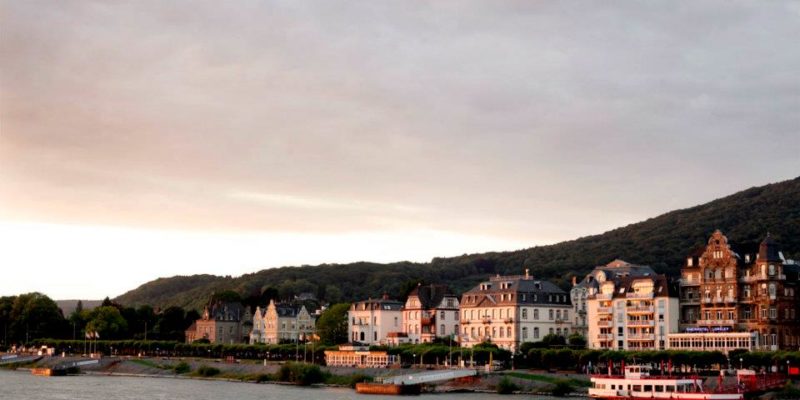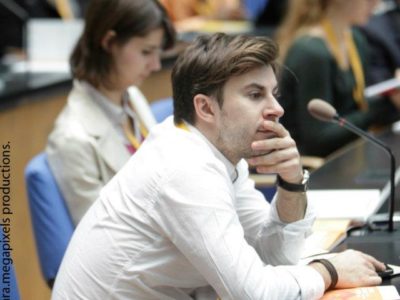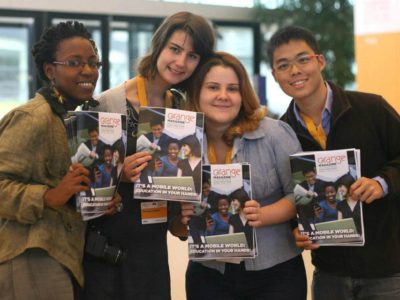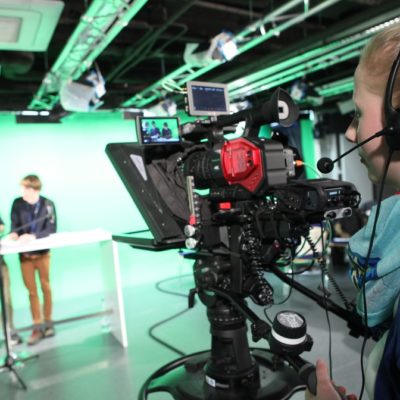Augustine Anthuvan tells Orange Magazine how photolanguage has helped southeast Asian children tell their stories.
“It is a cliché that a photograph is worth a thousand words, but it’s true, a single image can be worth a thousand words,” says Augustine Anthuvan, who since the 1980s has used photolanguage to encourage children to express their fears, anxieties and grief.
Now he produces news features and documentaries as Editor of the International Desk at Channel NewsAsia, and also teaches media literacy to children around Southeast Asia. He spoke about photo- language at “Through a Child’s Eye: Creating Images with the Next Generation,” a workshop hosted by the World Catholic Association for Communication.
How does photo language work?
I have been using photolanguage in media literacy classes to help young people open up and talk about their own experiences. Very often when you get a group of children together, they pretend like they know each other, but they don’t really talk, so photolanguage helps them to open up.
I lay a set of 96 photographs on the ground, and I say, “Walk around, and choose a photo that best describes who you are today.” They pick up a photo, take a look, and put it down. This is done in silence, so they can’t influence each other. Finally, I tell them to pick their photos again, and sometimes a single image may have been chosen by up to three or four children. They then talk about their choice of photographs, and put their photographs into a sequence to tell their story as a group. Later they develop these into a script and document their feelings through their own short film.
What are some of the most popular images?
I use a set of photographs made by French photographers in the seventies, but it is amazing how it doesn’t matter where the photos came from. Some of the more popular photos are of a single child sitting alone, a group of people sitting alone, probably high on drugs, a couple hugging, or a mountain climber.
And what do people talk about?
When I met a group of youths from Myanmar in the Philippines, they spoke of their fear, as this was before Aung
San Suu Kyi was released. They felt afraid because they’ve seen freedom in the Phillipines, but after the workshop they had to return to the same fears they had.
Usually, urban children speak about school pressure, dysfunctional families, the lack of friends, and the lack of communication at home – ordinary day-to-day issues. Films dramatize bigger things like drug problems, but everyday issues can be big issues for children. I had one boy who talked about how his mother constantly puts pressure on him because he cannot score 95% for his maths.
It can trigger emotions in younger children. If it was child abuse, I can’t just close the exercise after a weekend and say.” Thank you, let’s move on.” The child may still be struggling because I have reawakened memories, so I usually work with a counselor.
And many people want to remember the photo they have chosen. I have observed people taking photos of their photo, so obviously whatever the photo said to them sparked off something inside them.
What’s one idea you think can help children?
Put the cameras in their hands and let them tell their own stories, but not for just one day, or one month. Give them a whole year to explore and expand. They will come back with real stories. Children are the most powerful scriptwriters.















